On Sunday Frances Cincotta led a large group on a short walk in the Fryers Range State Forest. Despite being cold it turned out to be good walking weather and the rain held off. The spring wildflower display was terrific and walkers loved the fascinating plant commentary by Frances during the approximately two hour hours that it took to complete the 2.7 km loop. She sent us this summary.
A good selection of native peas were in flower: Common Wedge-pea (blue-grey buds and yellow flowers), and four of the so-called “bacon and eggs” species that have red and yellow within each flower: Dwarf Bush-pea, Matted Bush-pea, Showy Parrot-pea and Grey Parrot-pea.
We sorted out the differences between Hibbertia and Goodenia which both have yellow 5-petaled flowers but in Hibbertia the 5 petals are equally spaced while in Goodenia they are arranged ‘2 up 3 down’ (hence a Goodenia flower has only one axis of symmetry while a Hibbertia flower has many). We also came up with a mnemonic device for the sepals: H for Hibbertia and H for Hasn’t got sepals attached to backs of petals and G for Goodenia and G for Got sepals ‘Glued’ to backs of petals.
Flowering in the shrub layer were Daphne Heath, Heath Tea-tree and Fairy Wax-flower (all with white flowers), Downy Grevilleas (red flowers), and Rough Mint-bush (purple flowers), all in abundance.
Five types of everlasting daisy were in bloom: Hoary Sunray, and White, Grey, Sticky and Clustered Everlastings. Many of them adorned with “Cuckoo’s spit”. The bubbly foam is produced by the insect sheltering inside which is a juvenile (or nymph) frog hopper also known as Spittlebugs. (See Liz Martin’s first photo below.)
We saw only a few Chocolate Lilies out in flower, one Bulbine Lily, one Yam Daisy/Myrnong, some Wax-lip Orchids and some Milkmaids out in flower. These wildflower were notably fewer in number and not as tall as seen in years with plenty of rain in the middle of the year. There was quite a variety of eucalypts on the loop walk, but the only species noted in flower was Red Box.
Our thanks to Frances for leading the walk and to Christine Henderson for letting us know about this wonderful corner of the Fryers Forest.
Once again Noel Young has compiled comprehensive field notes which include 17 bird species recognised by calls and 28 flowering plants. Photos below are by Liz Martin.
Our next walk will be in March 2024. The 2024 walk program will be posted on this site in January.

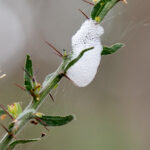
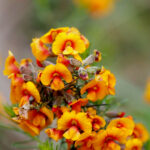
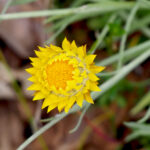
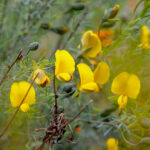
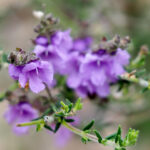
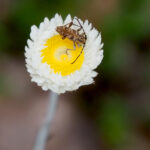



 Click on image for info/order page
Click on image for info/order page Click on image for info/order page
Click on image for info/order page Click on image for info/order page
Click on image for info/order page





















It was a beautiful walk, thank you very much Frances for sharing your fabulous knowledge, delightfully delivered, as always. And thanks for the notes. We also saw some Hooded Caladenias I think.